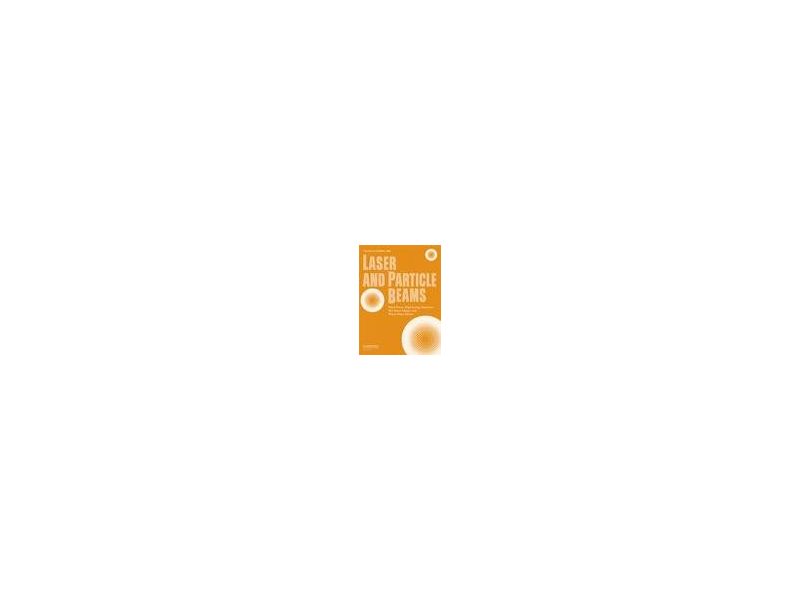
[free_download_btn]
J. Badziak, L. Antonelli, F. Baffigi, D. Batani, T. Chodukowski, G. Cristoforetti, R. Dudzak, L.A. Gizzi, G. Folpini, F. Hall, Z. Kalinowska, P. Koester, E. Krousky, M. Kucharik, L. Labate, R. Liska, G. Malka, Y. Maheut, P. Parys, M. Pfeifer, T. Pisarczyk, O. Renner, M. Rosiński, L. Ryć, J. Skala, M. Smid, C. Spindloe, J. Ullschmied, and A. Zaraś-Szydłowska.
Laser and Particle Beams, 33,3,561-575 (2015)
Abstract
The effect of laser intensity on characteristics of the plasma ablated from a low-Z (CH) planar target irradiated by a 250 ps, 0.438 mu m laser pulse with the intensity of up to 10(16) W/cm(2) as well as on parameters of the laser-driven shock generated in the target for various scale-lengths of preformed plasma was investigated at the kilojoule Prague Asterix Laser System (PALS) laser facility. Characteristics of the plasma were measured with the use of 3-frame interferometry, ion diagnostics, an X-ray spectrometer, and K imaging. Parameters of the shock generated in a Cl doped CH target by the intense 3 laser pulse were inferred by numerical hydrodynamic simulations from the measurements of craters produced by the shock in the massive Cu target behind the CH layer. It was found that the pressure of the shock generated in the plastic layer is relatively weakly influenced by the preplasma (the pressure drop due to the preplasma presence is similar to 10-20%) and at the pulse intensity of similar to 10(16) W/cm(2) the maximum pressure reaches similar to 80-90 Mbar. However, an increase in pressure of the shock with the laser intensity is slower than predicted by theory for a planar shock and the maximum pressure achieved in the experiment is by a factor of similar to 2 lower than predicted by the theory. Both at the preplasma absence and presence, the laser-to-hot electrons energy conversion efficiency is small, similar to 1% or below, and the influence of hot electrons on the generated shock is expected to be weak.
- Versione
- Scarica 1
- Dimensioni file 1.26 MB
- Conteggio file 1
- Data di Pubblicazione Novembre 21, 2017
- Ultimo aggiornamento Novembre 21, 2017
